Courts
Putting the pieces together: the Garnier trial so far
Experts testified and revealed DNA results this week in court
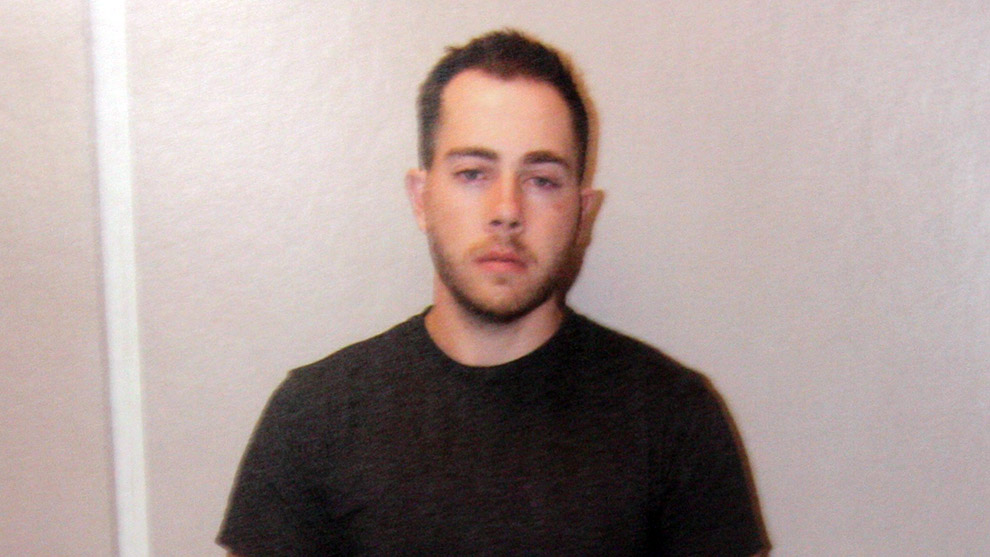
caption
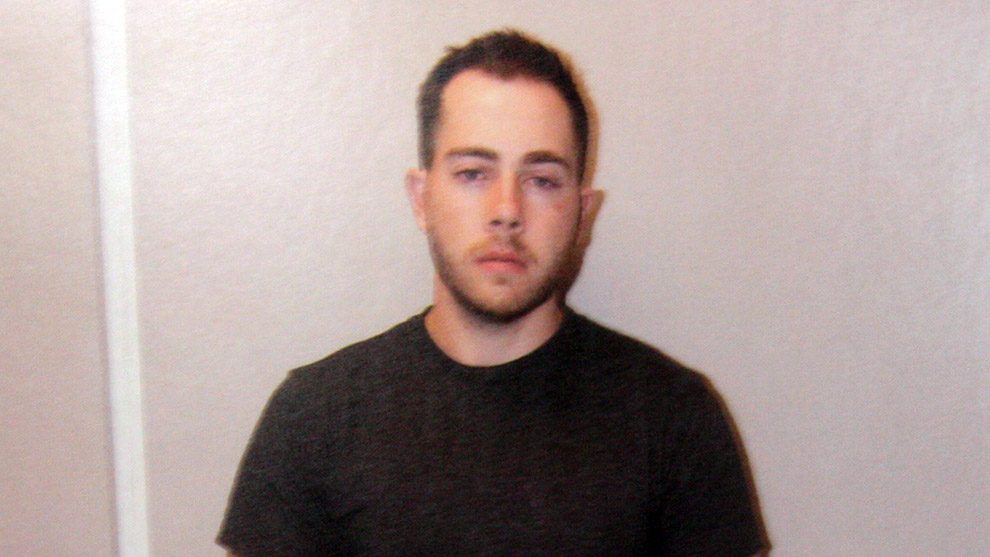
caption
Christopher Garnier after his arrest.The jury in the Christopher Calvin Garnier case has been presented with over 60 pieces of evidence as of Wednesday, including photographs and surveillance footage.
The Crown opened evidence exhibits to the media to tell the story of the events surrounding the disappearance and death of Catherine Campbell in September 2015.
The trial began on Nov. 20 and is scheduled to run until Dec. 21. Garnier has pleaded not guilty to second degree murder and interfering with human remains.
The Crown alleges that Garnier, 30, strangled Campbell, 36, inside his friend’s apartment at 5714 McCully St., then transported her body in a green compost bin to an area near Macdonald Bridge.
Crown attorney Carla Ball stated in court Nov. 21 that “this case is about a man who loses control.”
On the first day of the trial, evidence included surveillance footage of Campbell leaving her Dartmouth apartment on the evening of Sept. 10, 2015.
The next day in court, Nov. 22, the jury was shown surveillance footage of Campbell and Garnier together at the Halifax Alehouse.
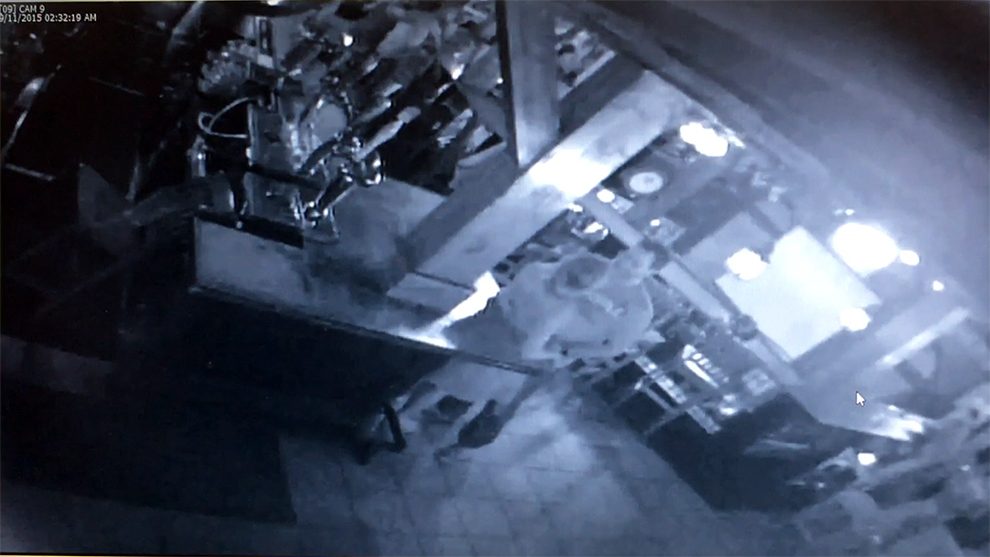
caption
A still of video captured at the Halifax Alehouse of Campbell and Garnier.On Nov. 23, the jury was shown surveillance footage of a man towing a green compost bin, who the Crown alleges is Garnier. The footage shows a man wearing a T-shirt and shorts wheeling a compost bin down Agricola Street before turning onto North Street.
Det. Const. Marshall Hewitt testified in court the same day saying “he made observations of what appeared to be blood” inside the McCully Street residence on Sept. 15, 2015. The apartment belonged to Garnier’s friend, Mitchell Devoe.
On Nov. 27 the jury was shown footage from an alleyway on Agricola Street of a man dragging a compost bin behind him at 4:58 a.m. on Sept. 11, 2015.
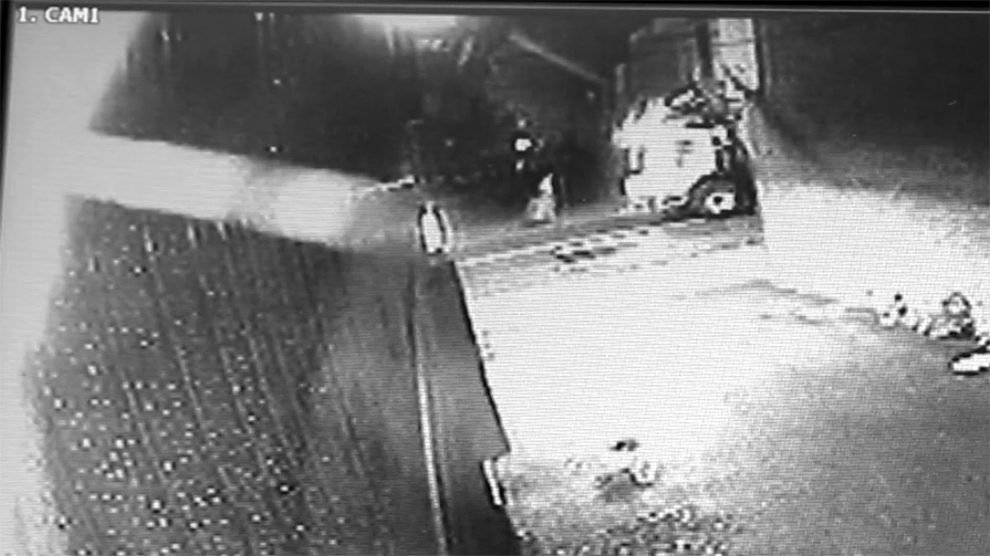
caption
Surveillance footage from Agricola Street captured a man dragging a compost bin.Evidence given to the media from the second week of the trial included video surveillance footage from a camera on the Macdonald Bridge, photos of Campbell’s keys found in a dumpster and interior photos of a vehicle Garnier was driving prior to his arrest.
The surveillance footage from the bridge looks down on Barrington Street and shows a shadowy figure, who the Crown alleges is Garnier, travelling downwards from the upper left-hand corner of the screen. A few seconds later a figure is seen in the bottom right-hand corner of the screen, appearing to pull a compost bin.
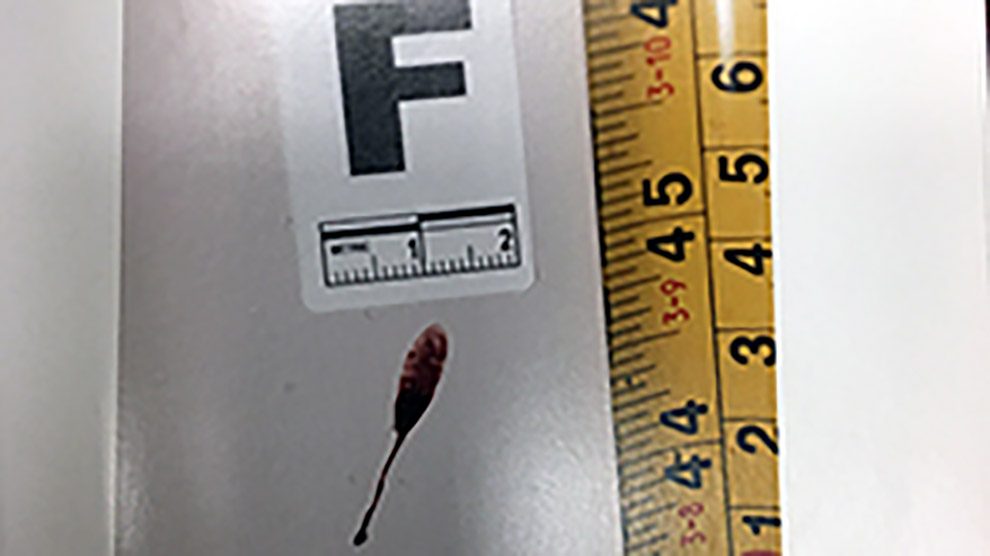
caption
A blood stain inside the apartment at 5714 McCully Street was identified to be Campbell’s DNA.On Dec. 5, Dr. Gregory Litzenberger, a DNA forensic expert with the RCMP in Edmonton, testified that tests revealed the blood found inside the McCully Street apartment belonged to Campbell.
On Dec. 4, Sgt. Andre Habib, an officer with HRP, showed the jury a T-shirt found with keys in a dumpster across the street from 5714 McCully St. He said he believed it was the same one worn by the man in the Agricola Street surveillance video. The police identified the keys as belonging to Campbell.
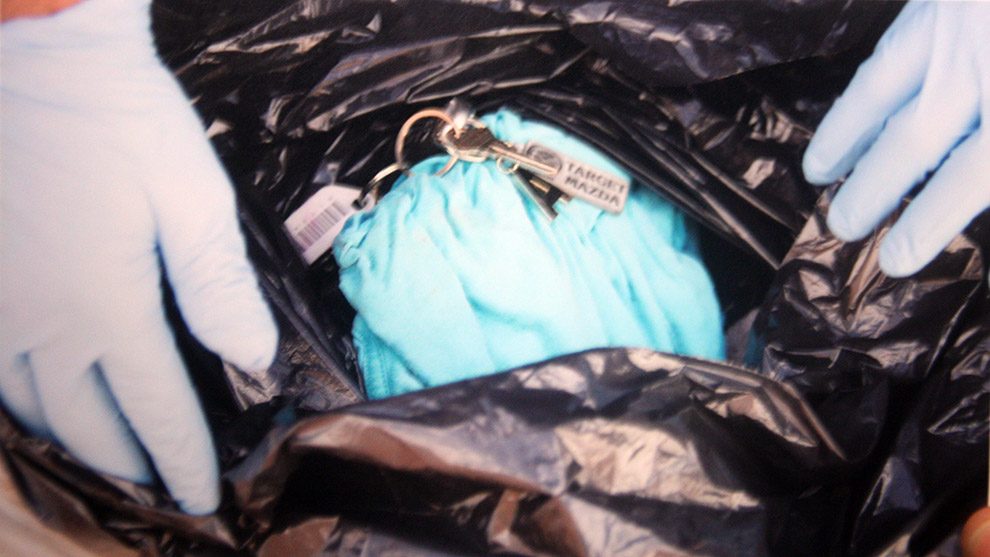
caption
The T-shirt found with Campbell’s keys contained DNA from Campbell.Litzenberger testified on Dec. 5 that the DNA collected from the T-shirt matches the known DNA profile of Campbell.
Garnier was arrested on Sept. 16, 2015. He was seen by Const. David Robertson leaving his residence in Clayton Park several minutes after midnight. The white Ford Edge Garnier was driving was found to contain a knapsack filled with toiletries, clothing, two boxes of the antidepressant Cipralex and Garnier’s passport. A green tarp, rope, gloves, half-full can of gas and brown blanket were also found inside the vehicle.
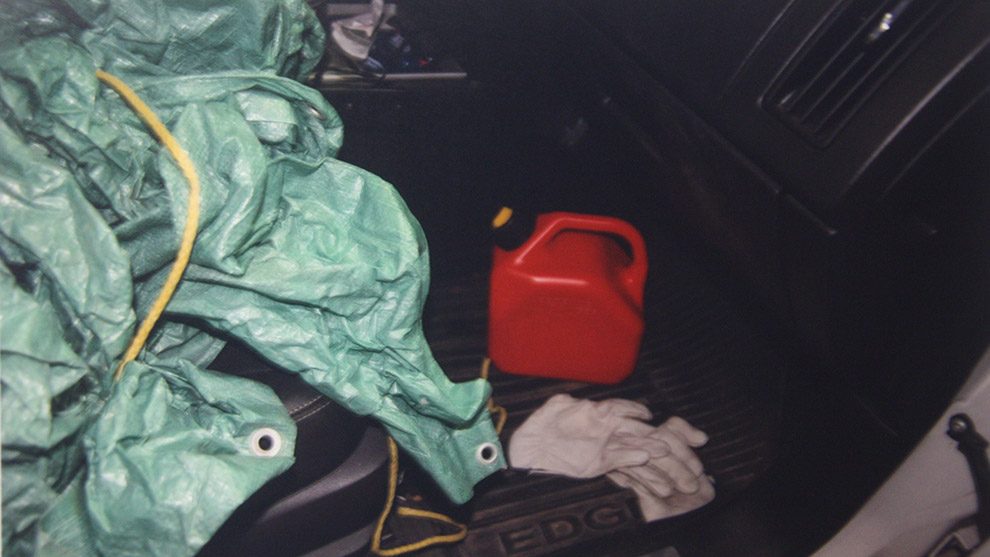
caption
A photo of the inside of white Ford Edge Garnier was driving before his arrest.Cpl. Joseph Allison interviewed Garnier after his arrest. Video footage from the more than nine hour long interrogation was shown Monday, Tuesday and Wednesday in court.
The Crown is expected to bring forward as many as 40 witnesses by the conclusion of the five-week trial. The jury is composed of seven men and seven women who will decide whether Garnier is guilty.

